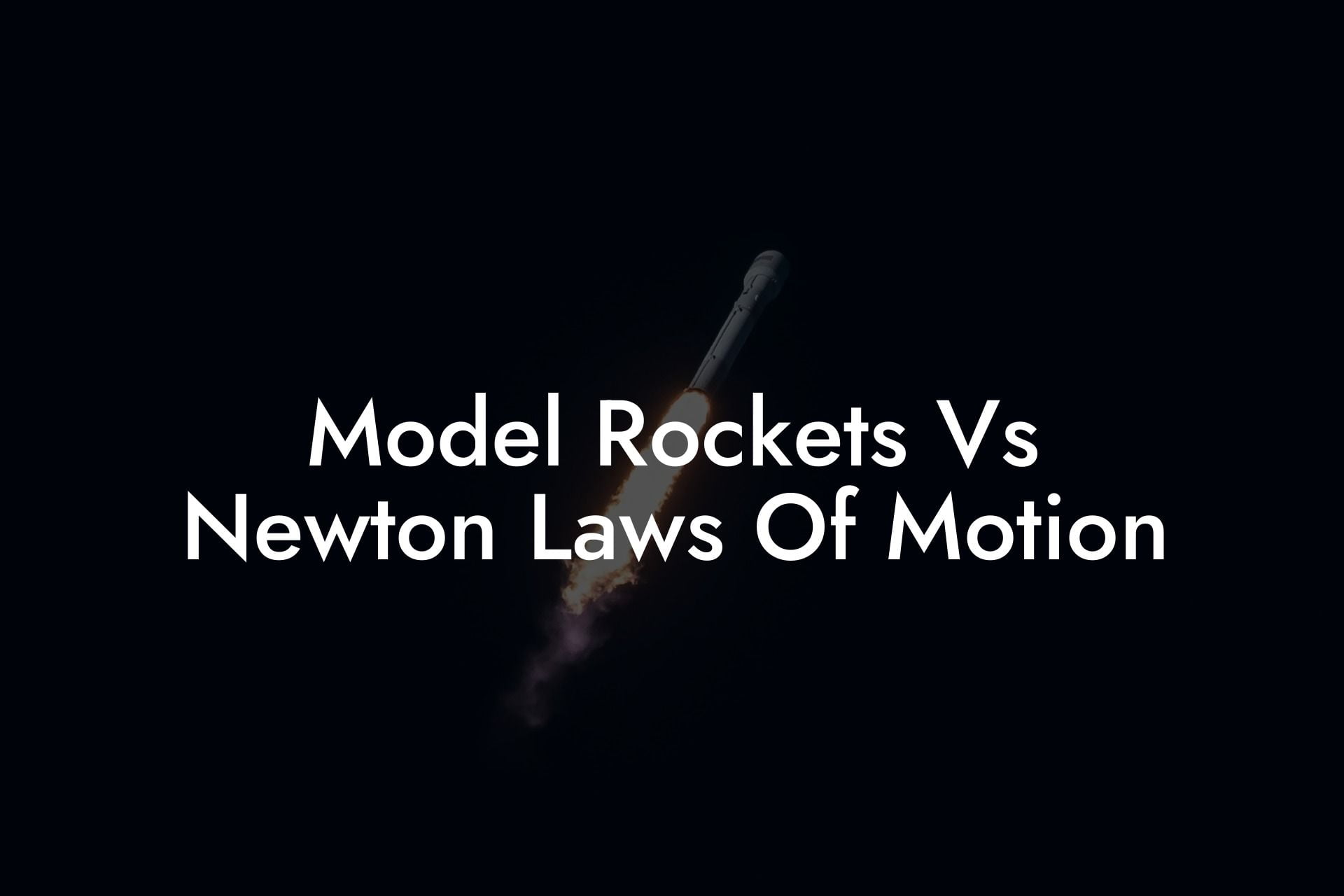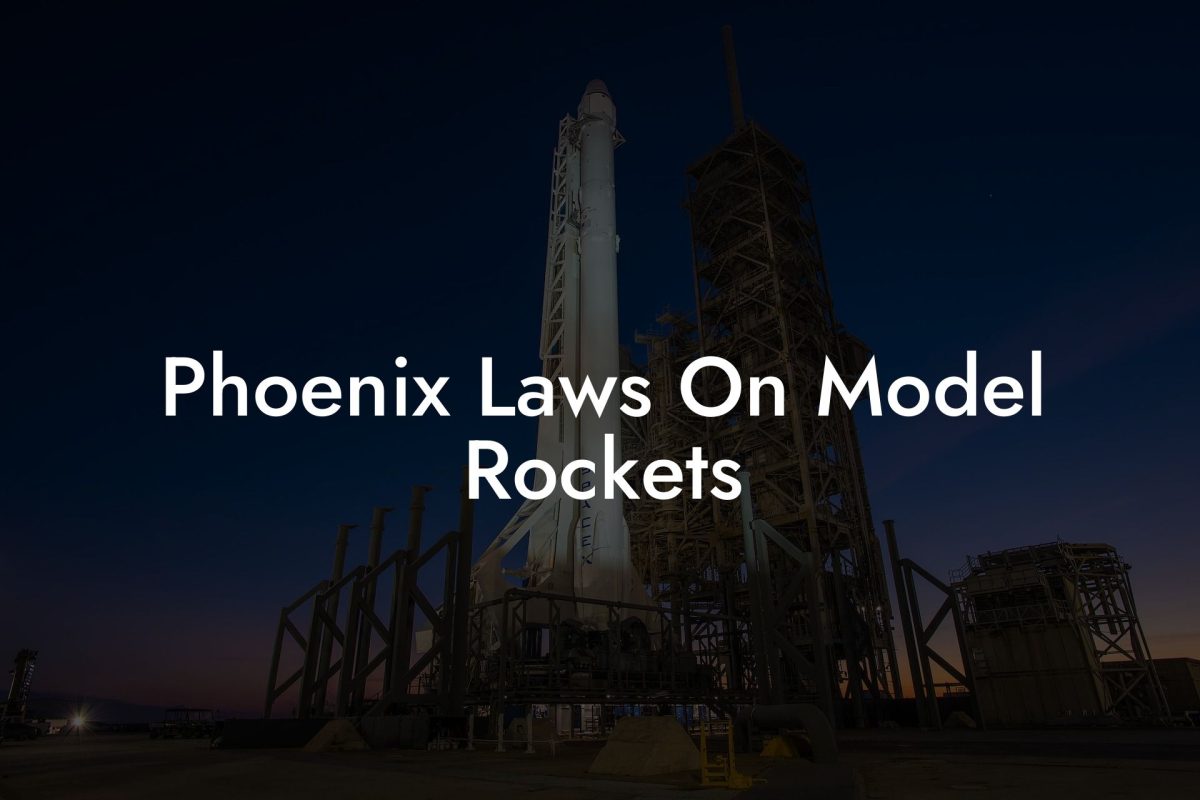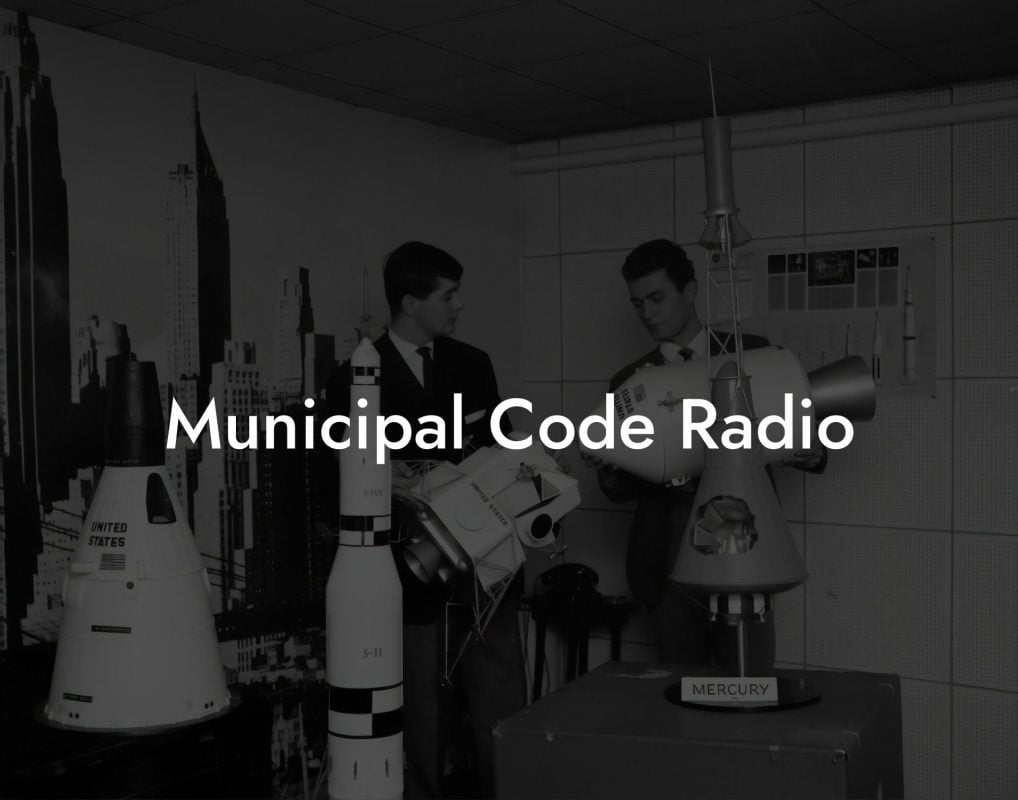Imagine hurtling through the cosmos at breakneck speeds, defying gravity, and pushing the boundaries of human innovation. Welcome to the thrilling world of model rockets, where the laws of motion meet the thrill of exploration. Whether you're a seasoned aerospace enthusiast or a curious newcomer, this comprehensive guide will blast off into the fascinating realm of model rockets and Newton's laws of motion.
Quick Links to Useful Sections
- What Are Model Rockets?
- Newton's Laws of Motion: The Science Behind Model Rockets
- Newton's First Law: Inertia
- Newton's Second Law: Acceleration
- Newton's Third Law: Action-Reaction
- Designing and Building Model Rockets: Applying Newton's Laws
- Launching and Tracking Model Rockets: Putting Newton's Laws into Action
- Real-World Applications of Model Rockets and Newton's Laws
- Resources and community Support: Your Next Steps
- Frequently Asked Questions: Model Rockets and Newton's Laws
What Are Model Rockets?
Model rockets are scaled-down versions of real rockets, designed to replicate the thrill of space exploration without the massive costs and complexities. These miniature marvels typically range from a few inches to several feet tall, powered by small motors that propel them into the sky.
Model rockets can be constructed from various materials, including plastic, wood, and composite materials. They often feature intricate details, such as decals, paint schemes, and realistic payloads. The hobby has gained immense popularity, with enthusiasts of all ages and skill levels designing, building, and launching their own model rockets.
Newton's Laws of Motion: The Science Behind Model Rockets
Sir Isaac Newton's groundbreaking laws of motion form the foundation of modern physics and, by extension, the principles governing model rockets. The three laws – inertia, acceleration, and action-reaction – explain how objects move and respond to forces in the physical world.
Newton's First Law: Inertia
The law of inertia states that an object at rest will remain at rest, and an object in motion will continue to move, unless acted upon by an external force. In the context of model rockets, this means that the rocket will maintain its velocity and direction unless influenced by air resistance, gravity, or thrust.
Looking For The Best Model Rocket Kits? You'll Love These:
Newton's Second Law: Acceleration
The law of acceleration describes the relationship between force, mass, and acceleration. In model rockets, the force generated by the motor propels the rocket upward, overcoming the force of gravity. The rocket's mass and the force applied determine its acceleration.
Newton's Third Law: Action-Reaction
The law of action-reaction states that every action has an equal and opposite reaction. When a model rocket's motor ignites, it expels hot gases downward, producing an upward force that propels the rocket into the air. This fundamental principle is essential for understanding the mechanics of model rocket propulsion.
Designing and Building Model Rockets: Applying Newton's Laws
When designing and building model rockets, enthusiasts must consider the principles of Newton's laws to ensure optimal performance and stability. Here are some key considerations:
- Aerodynamics: The shape and size of the rocket influence its aerodynamics, which in turn affect its stability and air resistance. A well-designed rocket will minimize drag and maximize lift.
- Mass and Balance: The distribution of mass within the rocket is critical, as it affects the rocket's stability and responsiveness to forces. A balanced rocket will maintain its orientation and trajectory more effectively.
- Thrust and Propulsion: The motor's thrust and the rocket's mass determine its acceleration and velocity. A well-designed propulsion system will optimize the rocket's performance and efficiency.
By applying the principles of Newton's laws, model rocket enthusiasts can create high-performance rockets that defy gravity and push the boundaries of innovation.
Launching and Tracking Model Rockets: Putting Newton's Laws into Action
The thrill of launching a model rocket is unmatched, as the laws of motion come alive in a burst of speed and color. When launching a model rocket, enthusiasts must consider factors such as wind direction, air resistance, and gravity to ensure a successful flight.
Tracking the rocket's trajectory and performance is crucial for refining designs and optimizing performance. Enthusiasts use various tools, including altimeters, GPS trackers, and high-speed cameras, to collect data and analyze the rocket's flight.
Real-World Applications of Model Rockets and Newton's Laws
The principles of model rockets and Newton's laws have far-reaching implications in various fields, including:
- Aerospace Engineering: The development of real rockets and spacecraft relies heavily on the principles of Newton's laws and the lessons learned from model rocketry.
- Materials Science: The design and construction of model rockets drive innovation in materials science, pushing the boundaries of lightweight, durable materials.
- STEM Education: Model rocketry serves as an engaging platform for teaching STEM concepts, inspiring the next generation of scientists, engineers, and innovators.
The intersection of model rockets and Newton's laws has the power to inspire, educate, and innovate, with applications that extend far beyond the realm of hobbyist enthusiasts.
Resources and community Support: Your Next Steps
Whether you're a seasoned model rocket enthusiast or just starting your journey, there are numerous resources available to support your exploration of model rockets and Newton's laws:
- Model Rocketry Clubs and Organizations: Join local or national clubs to connect with like-minded enthusiasts, share knowledge, and participate in launches and events.
- Online Forums and Communities: Engage with online forums, social media groups, and specialized platforms to discuss model rocketry, share designs, and learn from others.
- Tutorials, Guides, and Books: Access a wealth of educational resources, including tutorials, guides, and books, to refine your skills and knowledge.
Embark on your own journey of discovery, and let the thrill of model rockets and the principles of Newton's laws inspire you to reach new heights.
Frequently Asked Questions: Model Rockets and Newton's Laws
Here are some frequently asked questions that address common concerns and curiosities about model rockets and Newton's laws:
1. What is the difference between a model rocket and a real rocket?
Model rockets are scaled-down versions of real rockets, designed for recreational purposes, while real rockets are designed for space exploration, satellite deployment, or other practical applications.
2. How do model rockets apply Newton's laws of motion?
Model rockets demonstrate Newton's laws through their design, construction, and flight. The laws of inertia, acceleration, and action-reaction govern the rocket's behavior, from launch to recovery.
3. What is the most important factor in designing a model rocket?
The most critical factor is ensuring the rocket's stability and balance, which is achieved by optimizing its aerodynamics, mass distribution, and thrust.
4. Can model rockets be used for educational purposes?
Yes, model rockets are an excellent platform for teaching STEM concepts, including physics, mathematics, and engineering principles.
5. Are model rockets safe?
When designed, built, and launched responsibly, model rockets are safe. However, enthusiasts must follow safety guidelines and precautions to avoid accidents and injuries.
Looking For The Best Model Rocket Kits? You'll Love These:
Useful Interruption: Dive deeper into the world of Model Rockets with our most popular sections. If there is anything you think is missing or anything you would love for us to write about, just give us a shout.
- Getting Started & Basics With Model Rockets
- Model Rocket Design, Build & Customization
- Model Rocket Propulsion & Engine Technology
- Model Rocket Launch Techniques & Recovery
- Model Rocket Advanced Rocketry & Innovations
- Model Rocket DIY and Customization
- Model Rocket Equipment Reviews & Digital Tools
- Community, Competitions & Education
- Model Rocket Troubleshooting & FAQs
- Model Rocket Bonus/Seasonal & Niche Topics
A group of model rocket enthusiasts gathered at a field for their weekly launch event. Among them was Dave, a seasoned builder known for pushing the limits of hobby rocketry. This time, he had outdone himself.
“Ladies and gentlemen,” Dave announced, dramatically pulling a cloth off his latest creation, “I present to you: The Kraken!”
The crowd gasped. This wasn’t just a model rocket, it was a monster. The thing stood 8 feet tall, had six clustered engines, and was covered in enough duct tape to qualify as a classified aerospace project.
“Dave,” muttered Steve, the cautious safety officer, “Have you, uh… done the math on this?”
“Math?” Dave scoffed. “I built it in my garage at 3 a.m. with parts from eBay. This is an art piece, Steve.”
The countdown began.
5…
4…
3…
2…
1…
The engines ignited with a BOOM, and The Kraken shot up… kind of. It immediately did a violent barrel roll, narrowly missing the spectators before skyrocketing at an angle that could only be described as “legally questionable.”
The crowd collectively ducked as The Kraken flew straight over the adjacent cornfield, where Old Man Jenkins, the grumpiest farmer in town, was minding his business.
KABOOM!
The rocket disappeared behind the barn. A moment later, a flaming piece of Estes igniter wire landed at Steve’s feet. The silence was deafening.
And then, an unmistakable sound echoed across the field.
Jenkins’ shotgun being cocked.
“DAVE!!!” Steve shouted. “RUN.”
And that was the day Dave invented the first-ever biologically powered rocket booster: pure adrenaline.
To this day, nobody knows where The Kraken landed, but legend has it, it still haunts the skies, terrifying unsuspecting drones and low-flying birds.















